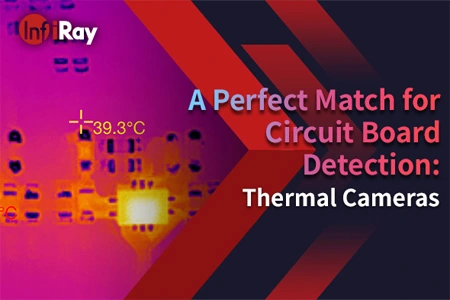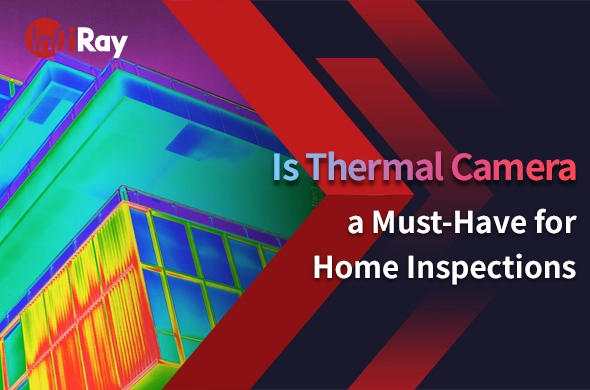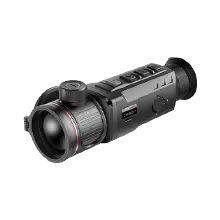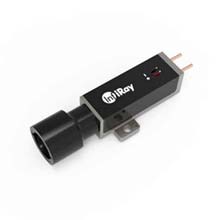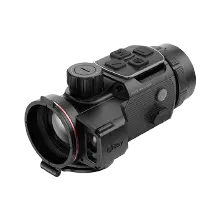Night Vision Thermal Camera Can See in the Dark What the Human Eye Can't
Security is usually an all-weather job that doesn't end when the sun goes down. Many of our clients, especially those in the commercial industrial sector, require advanced nighttime monitoring tools to provide perimeter security or monitor buildings or other assets after dark. Choose an infrared night vision camera for the highest quality night video surveillance footage.
1. Night vision thermal cameras see what the human eye cannot see
Night vision infrared camera uses infrared light to illuminate images in the dark. We can't see it, but infrared is actually all around us. Infrared night vision cameras detect these invisible infrared wavelengths, enabling the camera to see in the dark. Most infrared night vision cameras have a series of infrared LEDs (usually located around the lens) that transmit infrared light at night or when the camera is switched to night mode.
Since infrared light can interfere with color images, most night vision thermal cameras have an infrared cut filter that blocks infrared light during the day. The filter sits between the camera lens and the sensor, allowing visible light to pass through during the day while blocking infrared wavelengths. Once the light level drops to a certain point, the filter moves to allow infrared light in. This process is sometimes referred to as true day and night (TDN) because it provides true color images during the day and black-and-white or night vision images at night.
In situations where there is little to no ambient light (for example, monitoring retail stores or office buildings with no windows or natural light at night), even TDN cameras cannot provide clear images. You need a powerful IR illuminator to illuminate complete darkness.
2. Night vision thermal camera: long-distance infrared
To capture details in the dark, make sure the camera you deploy has enough infrared illumination for the area you need to capture. Lower quality infrared night vision cameras may have multiple LED lights, but they may only illuminate objects a few feet away. Check out the spec sheet or test the camera to see if it offers enough lighting distance. (Higher quality infrared night vision cameras can illuminate objects 150 feet or more away).
Even at closer distances, give the camera a try so you know what to expect. You can see what happens when infrared is enabled and not. How does an IR night vision camera continuously illuminate the subject, even at 0 lux, whereas a camera without IR can't shoot anything, without IR, the field of view will eventually go black.








